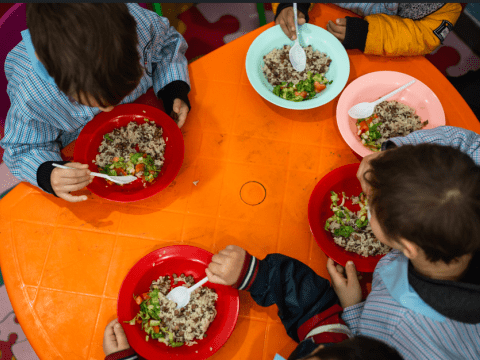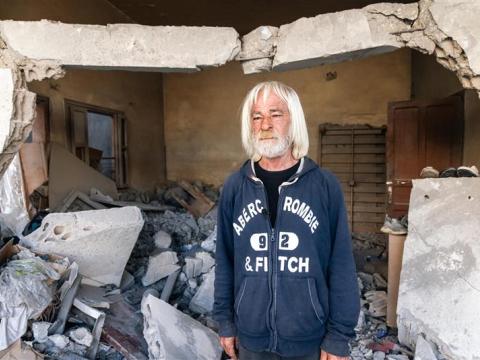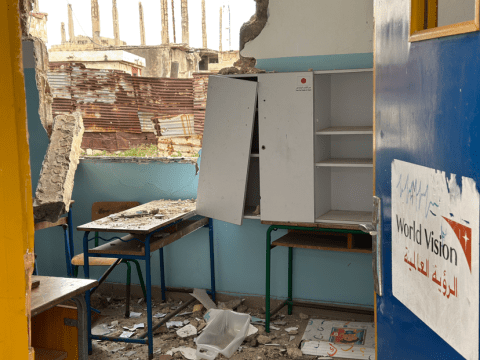Middle East Crisis (MEC) Response |LEBANON SITREP #12
Download
Following the second deadline for the cessation of hostilities on 18 February 2025, the country to the south of Lebanon withdrew from population centres in southern Lebanon while maintaining a military presence in five strategic locations along the Blue Line. Despite these developments, military tensions persisted, with reports of demolitions and shelling in border villages before and after the withdrawal, resulting in civilian casualties, raising the total number to 4,200 civilian deaths since the escalation. Meanwhile, protests erupted in Beirut, Bekaa, and Mount Lebanon between 14 and 16 February over internal political disputes, further heightening instability in the country.
Humanitarian conditions remain critical, with 98,994 people still displaced outside their district of origin, while 950,652 have returned home despite extensive damage to infrastructure and limited access to essential services. Entire neighbourhoods, particularly in border villages, have been left in ruins due to sustained bombardments, with water networks, electricity grids, and medical facilities heavily damaged or rendered inoperable. Schools and hospitals have suffered significant destruction, depriving communities of essential healthcare and education services. Additionally, roads and bridges in affected areas remain impassable, further obstructing aid delivery and recovery efforts.
Lebanon is also facing an increasing humanitarian burden due to the arrival of 89,400 people from Syria into Baalbek Governorate, including 20,000 returning Lebanese, further straining already overstretched resources. With fluctuating displacement trends and ongoing security challenges, the country remains in a fragile state, requiring sustained international support to stabilise affected communities, rehabilitate vital infrastructure, and ensure access to essential services for those in need.

